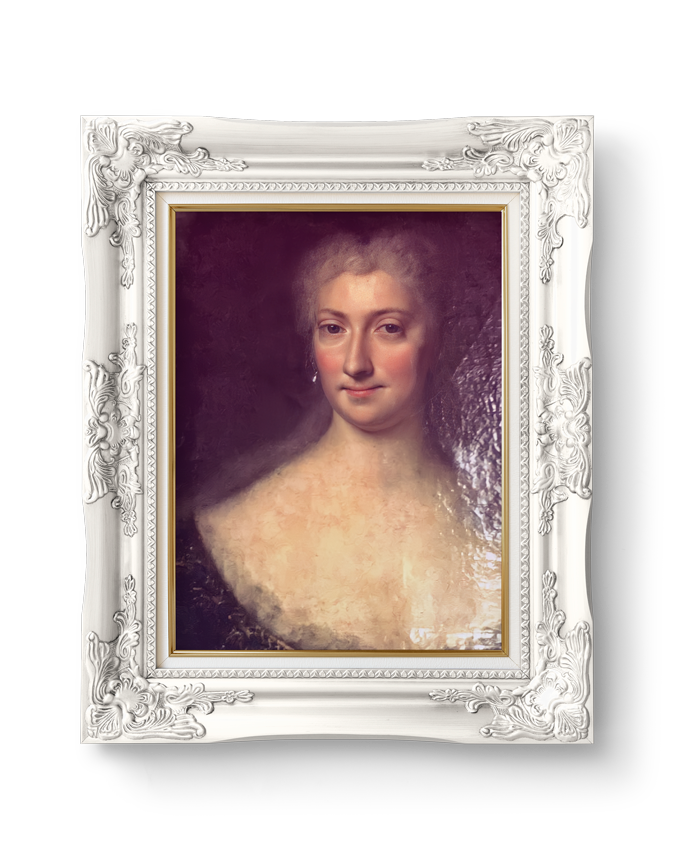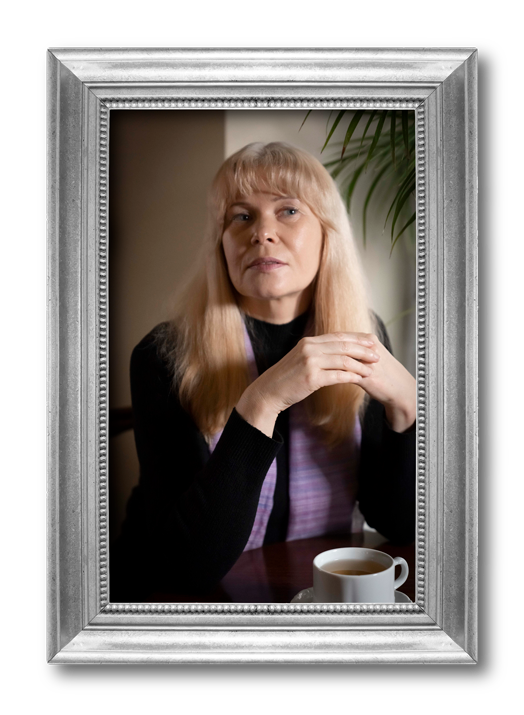
Archduchess MARIA ANNA OF HABSBURG-LORRAINE (6th October 1738 to 19th November 1789), familiarly nicknamed Marianne, was the eldest survived daughter of Empress Maria Theresa and Emperor Francis I Stephen. Unmarried and childless, she spent most of her life in the Imperial palaces in Vienna and their surroundings.
Among her numerous siblings, Marianne’s complicated personality was what caught my attention. Despite her fragile health, which frequently forced her bed, she was highly intelligent, talented in music and art and had a brilliant memory and a scientific way of thinking. Sadly, those characteristics were generally considered inappropriate for someone of her sex and social rank. Both neglected by the Empress and disapproved of in the noble circles, she became the target of mockery from the sisters and brother closest to her in age. Besides, she was not considered beautiful, which, quite understandably, was virtually a catastrophe for a young princess in those days.
It is easy to come to a compassionate conclusion knowing that Marianne’s sense of rejection must have been overwhelming. I cannot disagree; she must have had several dark moments. At the same time, these circumstances make her a promising protagonist for a novel. The change in her personality due to her corporeal and emotional sufferings, her inner growth and deepening understanding offer a brilliant basis for a historically realistic and psychologically believable character.
On the bright side, Marianne had a close relationship with her father, the Emperor, and some of her younger siblings. Her personnel were loyal and supportive of her and some educated persons encouraged her interests, relieving her intellectual loneliness. Later in life, she was fortunate enough to be surrounded by truly amiable company and form friendships that lasted until her final days. Thus, despite all the complications, I’m inclined to think that she may have lived quite a satisfying life.
However, in spring 1757, all of this is yet unknown to Marianne. She is only 18 years old, taking the first hesitant steps on her long path towards self-realisation.

ELEONORA PRINCESS SCHWARZENBERG (20th June 1682 to 5th May 1741), born Princess Lobkowitz, is another champion of the narrative. By birth and by marriage she belonged to two of the most ancient and influential aristocratic families in Central Europe – Lobkowitz and Schwarzenberg. The position of the Schwarzenbergs increased remarkably in the beginning of the 18th century when Prince Adam Franz, Eleonora’s husband, inherited lavish estates and titles. Yet, at the same time, the couple had to cope with the most serious existential threat an aristocratic family could have faced.
Eleonora’s life was obviously far too troubled to call her a happy woman. Her extremely strange and complicated married life; the tragic death of her husband, which may or may not have been an accident; her unbridled manners and scandalous reputation; the contradictory ways in which her personality has been interpreted by her contemporaries as well as by modern researchers – all of this is more than enough to take an intriguing narrative as a given.
A trivial story, one might say. Well, rather trivialised, or even commercialised in popular culture.
In some way, Eleonora is an all-in-one character, equally fitting the shoes of a potential suspect, a murderer, an adulteress and a victim, depending on the viewpoint and the development of the narrative. It is thanks to her story that Marianne becomes an investigator, that the book could be classified as a ‘historical mystery’.

I am a historian holding a PhD in Educational Sciences. For years, my speciality has been the history of the Holy Roman Empire and the Habsburgs, with a particular focus on the literary interpretation thereof. The Case of Princess Schwarzenberg is the first fruit of my labours, grounded in thorough historical research.
Thus, the two main storylines – Marianne’s life in Viennese court from April to June 1757 and the peculiar maelstroms of Princess Schwarzenberg throughout the first half of the century – are both historically authentic. My poetic licence was then to intertwine them to create a fictional but nevertheless realistic portrayal of their lives and aspirations.
What generally matters in life — family, education, career — is all done for me; it’s over. For the second half of my worldly journey, I’m focusing on my own research and writings. My purpose is not to write a book and sell a few copies, but to create a long, developing, amazing tale with characters as complex as real human lives. That brings me joy and fills my days with good emotions.
Withdrawn in privacy, I do not concern myself with externals. The Facebook page, the website with the Metatext, as well as myself as the author, are just extensions. The narrative always comes first. In the course of time, the series “The Archduchess Investigates” is to be moulded into a roman fleuve. With little prospect of attracting wide attention, the best to be hoped for is that it finds its natural readership — few engaged historical fiction lovers willing to immerse themselves in the complexity of reading.
I work slowly, but I do it so well that there is no need to do much.
Access to the Metatext via placing an order for an augmented product. See Terms of Use